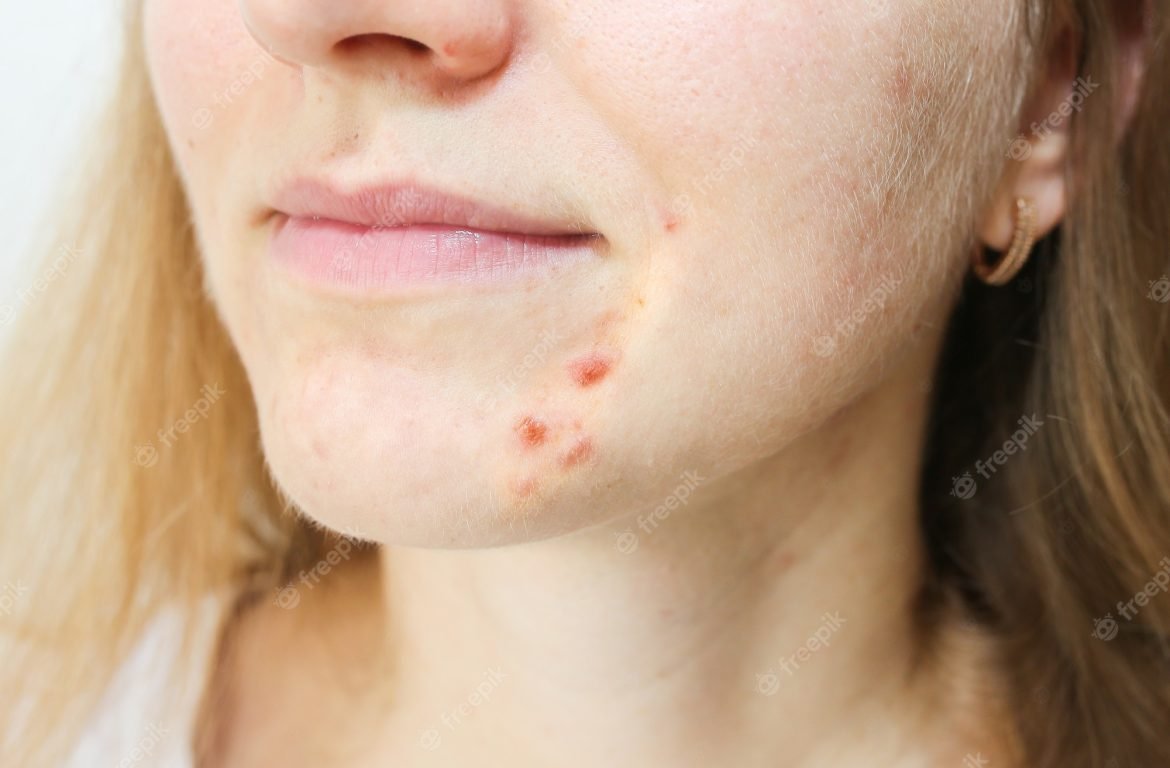Introduction
Birthmarks are common skin abnormalities that appear at birth or shortly after. They can range in size, shape, color, and location, and can be found on various parts of the body. In this article, we will explore the different types of birthmarks and their characteristics, shedding light on this fascinating spectrum of skin variations.

I. Vascular Birthmarks:
Vascular birthmarks are caused by abnormal blood vessels that are either present at birth or develop shortly afterward. They can be categorized into two main types:
Hemangiomas:
Hemangiomas are the most common type of vascular birthmark. They appear as raised, red or purplish lumps on the skin. They typically grow rapidly during the first few months of life and then start to shrink and fade over time. Hemangiomas can be further classified as superficial (on the surface of the skin) or deep (involving deeper layers of tissue).
Port-Wine Stains:
Port-wine stains are flat birthmarks that have a pink, red, or purple coloration. They are caused by an overabundance of blood vessels in the affected area. Unlike hemangiomas, port-wine stains do not fade away on their own and tend to persist throughout life. They can darken or thicken over time and may be associated with underlying health conditions.
II. Pigmented Birthmarks:
Pigmented birthmarks result from an excess of pigment-producing cells in the skin. They can be divided into several subtypes:
Café-au-Lait Spots:
Café-au-Lait spots are light brown patches that may be present at birth or appear during early childhood. They are generally harmless but may be associated with certain genetic disorders when multiple spots are present.
Mongolian Spots:
Mongolian spots are flat, bluish-gray birthmarks that are often found on the lower back or buttocks. They are more common in people with darker skin tones and tend to fade away gradually over time.
Congenital Nevi:
Congenital nevi are pigmented birthmarks that are present at birth. They vary in size and can range from small to large. Larger congenital nevi have a higher risk of developing into melanoma, a type of skin cancer. Regular monitoring by a dermatologist is recommended for individuals with larger congenital nevi.
III. Other Types of Birthmarks:
In addition to vascular and pigmented birthmarks, there are a few other types worth mentioning:
Dermatologic Birthmarks:
Dermatologic birthmarks include skin-colored or slightly raised patches that may be present at birth or appear shortly afterward. They can be caused by various factors such as overgrowth of skin cells, trapped skin cells, or malformations in the skin’s structure.
Becker’s Nevus:
Becker’s nevus is a pigmented birthmark that appears as a large, irregularly shaped patch with a brown or tan coloration. It usually develops during adolescence and primarily affects males. Becker’s nevus may darken and become more prominent with sun exposure.
Conclusion
Birthmarks are diverse and intriguing variations of the skin that can occur in individuals from all backgrounds. While most birthmarks are harmless and do not require treatment, it is essential to monitor any changes or unusual characteristics. If you have concerns about a birthmark or notice any alarming changes, consult a dermatologist who can provide expert guidance and ensure your peace of mind. Remember, birthmarks are unique marks that make each person beautifully distinct.



